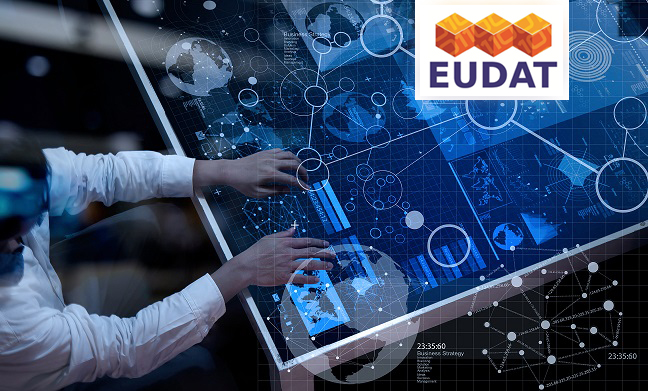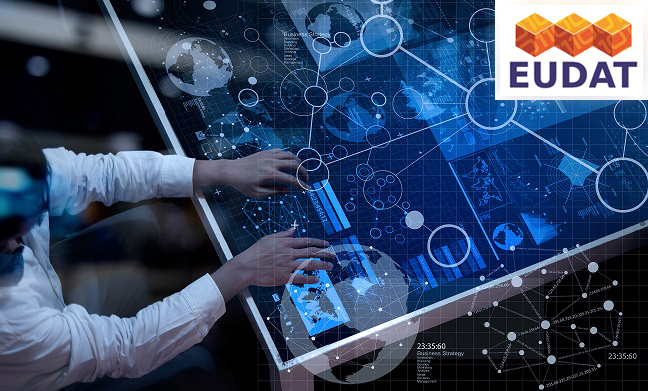

European Union, a "Silicon Valey" of science & technology innovation and research
European Union (EU) has 1,7 million researchers and 70 million science and technology professionals engaged in the creation of new knowledge, products, services and processes. All these professionals, from different disciplines, can now work together and exploit the full potential of their work, thanks to EU-funded e-infrastructures.
EUDAT is one of these e-Infrastructures allowing collaboration and data/know-how sharing and exchanging between Europeans, by providing them robust, easy and secure online services and solutions. There is so much potential researchers and innovators can get from these e-Infrastructures and it is crucial that all of them are aware of this opportunity.
A story of how e-Infrastructures can help researchers & innovators
The E-Infrastructure & Science Cloud Unit of the European Commission (DG CNECT), created a booklet on the European e-Infrastructures in story-tale style, showcasing how Europeans from different sectors can work together using supercomputing and virtual environments to process and store large volumes of data.
EUDAT has a major role in this story’s happy ending. John, an Irish scientist whose research is focused on impacts of climate change on environment, needs several digital tools in order to develop its research: thanks to several EU-funded e-infrastructures (including EUDAT, OpenAIRE, GEANT, EGI and many others) he is completely able to do so.
EUDAT provides John access to a series of integrated research data management services via a reliable collaborative infrastructure from European data and HPC centres. Plus, John now has the storage resources he needs to host vast amount of global data he works with. Without EUDAT, John would not be able to work, access and use these high volumes of data that are produced from his European counterparts.
A range of services for different disciplines, ambitions and approaches
Thanks to EUDAT, John is able to take his research to the next level and more Europeans, not only researchers from academia and industry, can benefit from EUDAT like John did. Individuals like citizen scientists, policy makers, entrepreneurs and members of the public can share, discover and re-use data via the EUDAT services.
They can store and share their research data (B2SHARE), sync and exchange their research data with other Europeans (B2DROP) and even find research data (B2FIND) created by other individuals. Plus, the replication of research data can be done without any risks (B2SAFE) and EUDAT offers as well the possibility to get data to computation (B2STAGE). To help everyone become an expert while using these services, the EUDAT helpdesk ensures that no one misses anything.
Moreover, EUDAT can be combined with other e-Infrastructures available in Europe. In the booklet, John used EUDAT in an integrated application, filling gaps of Cloud technologies and creating a “better software for a better science”.
A story-tale which can be the daily life of European researchers
EUDAT is supporting European researchers and innovators in the data-driven science revolution, by providing them a range of services that address the full lifecycle of research data. EUDAT supports Europeans in their daily life, by allowing them to exploit the full potential of their work and professional synergies.
Ultimately, the booklet wants to share a story with endless possibilities of what EU e-Infrastructures can do to effectively support European professionals. Much good work has already been done, but there is more to do. They must meet the challenge, find out how everyone can work together and take advantage of these tools. Many more stories like John’s can be “written” and it is up to all Europeans to be the “authors”. What is your “story”?
Download the booklet to fully understand the potential of e-Infrastructures and visit EUDAT to know how it can help you!
